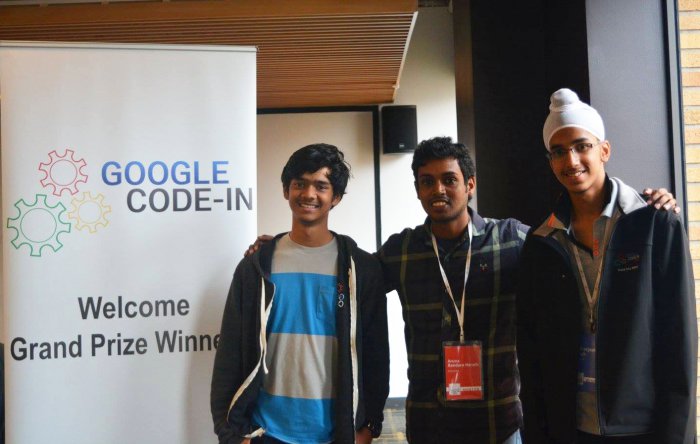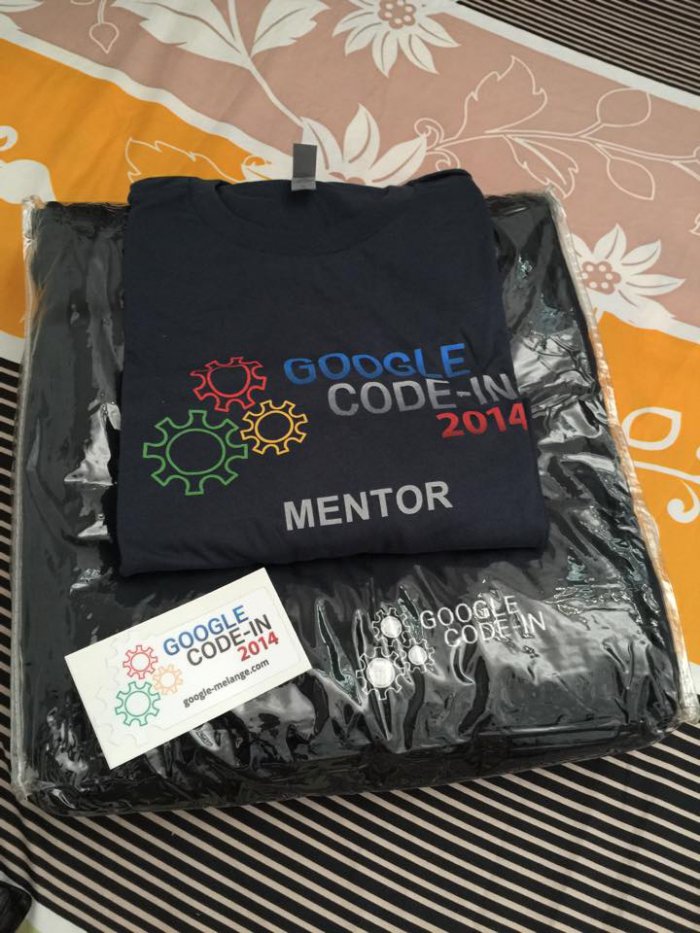How to organise a successful Google Code-In meetup
In this blog post I hope to write about what is Google Code-In and the best way to organise a successful Google Code-In meetup or workshop in your local community. I hope you will find everything that you need to know about conducting a successful meetup.
What is Google Code-In ?
Google Code-In is a global and an open source contest funded by Google to give real world software development experience to pre-university students who are in age range 13-17. Beside of software developing, this contest’s main objective is to motivate tech enthusiastic students to contribute to opensource and give them the knowledge about open source software development.
The usual timeline of the contest is, it opens for students on end of the November and runs until mid of January. There are 25 open source organizations participating for Google Code-In this time.
Your role ?
As a GCI mentor , past GCI student or an open source contributor you have a responsibility towards the community. That is to expand the community awareness and transfer your knowledge to next generation. You gather experience while working on the open source projects and GCI is the best place to give your knowledge to youngsters while working with them. You should be devoted to guide students and give them an introduction to open source software development.
How students can be a part of the contest ?
Any pre-university student in age group 13-17 can register for the contest. The following four steps needs to be followed by the student to be eligible to compete in the contest.
- Sign up at g.co/gci after reading the Contest Rules.
- Ask their parent or legal guardian to sign the Parental Consent form.
- Find a task that interests them.
- Claim the task and start working while getting guidance from the mentors.
In return to their hard work and open source contribution, students can win digital certificates, t-shirts, hoodies based on their performance as well as a trip to Google HeadQuarters for Grand Prize Winner.
How to organize a local meetup ?
Since the Google Code-In contest is for pre-university students, I highly recommend that you organize a meetup for schools in the community. You can easily contact the club or society of the school which is related to Information and Communication Technology and convey your idea of the meetup so that the responsible person can get the management approval from their side to facilitate your meetup inside the school.
If you are not confident enough to conduct a session on your own maybe because this is a new experience to you, Don’t worry ! You can always call some other past GCI students, GCI mentors or open source contributors to collaborate with you in conducting a successful session. As open source world teaches us, it’s always collaboration that brings success to any project.
Taking the start to the meetup, you need to give an introduction to the Google Code-In. You may find different questions from the audience about “What is GCI?”. It is better if you can emphasize the importance of contributing to the open source projects since the students have no experience in that field. I suggest you to give students an insight on the evolvement of Google Code-In throughout the past years, so they get to know the real world statistics.
During the meetup, you need to focus on the 05 types of tasks that are available for students to claim, giving insights to what are the small small things that they really need to use in each task type.
- Coding
- Give insights into GitHub and how to make a GitHub account, how to clone a project repository to their local machines and how to make a pull request.
- Documents and Training
- Give insights into standard ways of doing documentation and basics to follow when conducting a user training.
- Outreach and Research
- Give insights into how to make a blog account and write a blog as well as how to do some research on the project areas.
- Quality Assurance
- Give insights into the measures that we take to assure the quality of the project and the steps that we take in order to make sure the project is adhered to the relevant quality measures.
- User Interface
- Give insights into basic wireframing software like Balsamic as well as guidelines to a successful user experience.
It is really appreciated if you can share your experiences in open source contributions with them like what did you do, what you will be doing next and what obstacles that you had to face while contributing and how did you overcome those challenges. This will be an eye opener for them to think beyond the comfort zone. This section will be really helpful for the students to grab really what open source contributing is.
It is a best practice to conduct the session in an interactive way getting things done out of the box so that the students won’t get bored and they feel more energetic and comfortable since they feel that their opinion is also valued when we give time for their voice as well. Always motivate them to ask questions in the moments that they need more clarifications about what you are saying. In return if you have swags from Google, give them too since they will love it.
Always try to localize the session according to the audience that you are talking to. Use the language the majority of the audience is feasible with in order to make the meetup content more understandable to the community. You can use some slides so that you won’t miss the sections that you are going to talk about and the presentation flow will be really smooth to the initiative. Try to take an offline slide set with you in a USB drive, if you are making your presentation on Google Slides. Same for any videos that you are going to show up too.
Don’t forget to bring necessary cables/ converters(projector converters) with you and always remember to have a good internet connection with you if you are using internet for demos or other things to eliminate connectivity issues which interrupt the meetup at some points and it is not a good impression to the students.
So far I wrote about how to organize a successful meetup in your local community on Google Code-In and hope this information will be very useful for you which I gathered through my own experiences when conducting the local meetups. I’m waiting to see some new meetups coming soon from all of you guys. Good Luck !
References
- What is Open Source and why you should do it? – https://blog.fossasia.org/what-is-open-source-and-why-you-should-do-it/
- What is Google Code-In –https://codein.withgoogle.com/











 I met Namanyay and Samarjeet, Grand prize winners from FOSSASIA.
I met Namanyay and Samarjeet, Grand prize winners from FOSSASIA.
 Sleeping peacefully – Nephew of
Sleeping peacefully – Nephew of 
You must be logged in to post a comment.